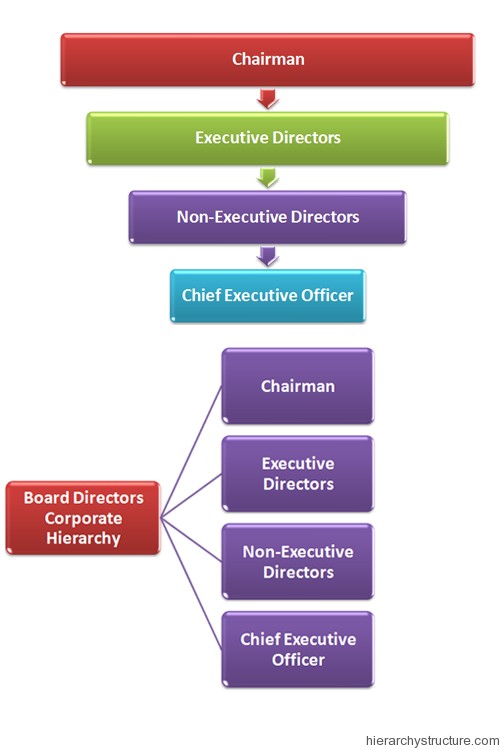A legal body of appointed members who join hands to supervise the activities of an organization is termed as board of directors. They carry different names in different areas like board of managers, board of regents, board of trustees, board of governors’ etc. Mostly it is simply termed as the board. The major shareholders and stakeholders comprise the board. The major duties of the board members involve:
- Approval of annual budgets.
- Establishment of objectives and strategies to govern the organization.
- Appointing, reviewing and supporting the chief executive officer’s performance.
- Ensuring sufficient financial resource’s availability.
- Conducting annual meetings to work on the vision and the mission of the organization
- Reviewing the progress of the organization
- Development of strategies for the compensation of company loss.
- Managing the stakeholders to improve organization performance.
The hierarchy in the board members is ranked systematically to ensure ardent professionalism along with an ease. The rights and designations are developed taking in accordance the contribution of a member in the development of the company and taking in consideration number of shares a member possess. The different hierarchy designations are described below with a brief explanation:

Chairman
The highest officer rank in the board director level corporate hierarchy is chairman. The chairman leads and influences the board of the directors and chief officers to manage the financial, human, technical and environmental working of a corporation. A chairman is appointed by the mutual consent of the members of the board or he is the person with maximum shares of the company.
Executive Directors (ED)
These directors are also referred as Inside directors, the professionals responsible to develop, design and implement strategies and plans for the company in a time efficient and cost effective environment. They are affiliated to company by any mean and handling the day to day operation of the company, managing staff and committees, developing and enhancing business process with other board members for the future growth of the company. They are the shareholders of the company.
Non-Executive Directors (NED)
A non-executive director is also referred as an Outside director, a member of the board of directors in the company but not a part of the company’s executive management team. He is neither an employee of the company nor associated with the company in any other way. They may or may not possess shares of the company but contribute efficiently to the constructive development of the strategy for the company’s benefit. They provide an independent view on standards of conduct and resources of the company.
Chief Executive Officer (CEO)
The CEO is also referred as an executive chairman and takes the command in hand in absence of the chairman. Some corporate allow CEO to be a part of board member meetings while some not. Sometimes a CEO himself is a board director acquiring this position by the board director’s votes and mutual consent or if he possesses some shares of the company. This is the highest rank in the management of the organization.
